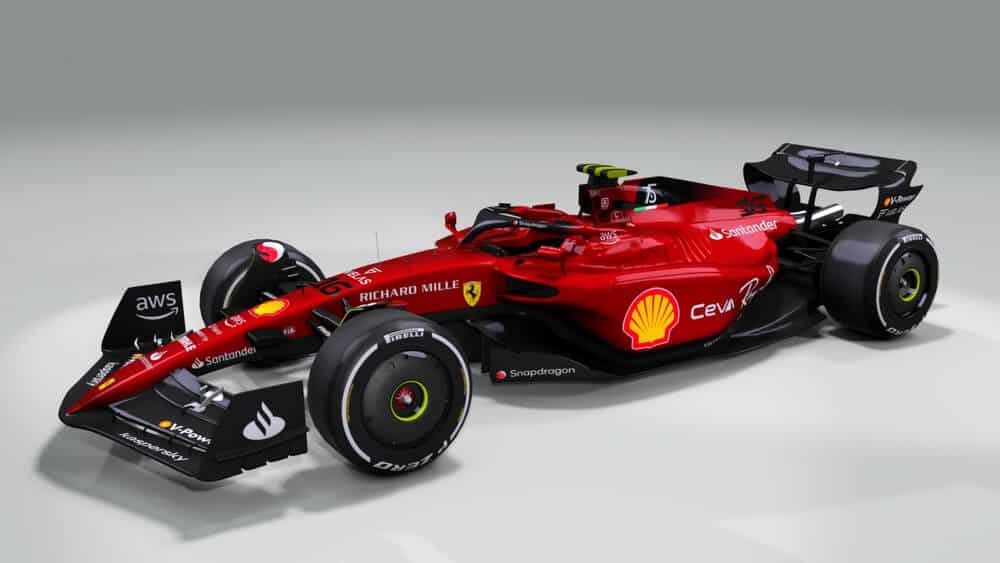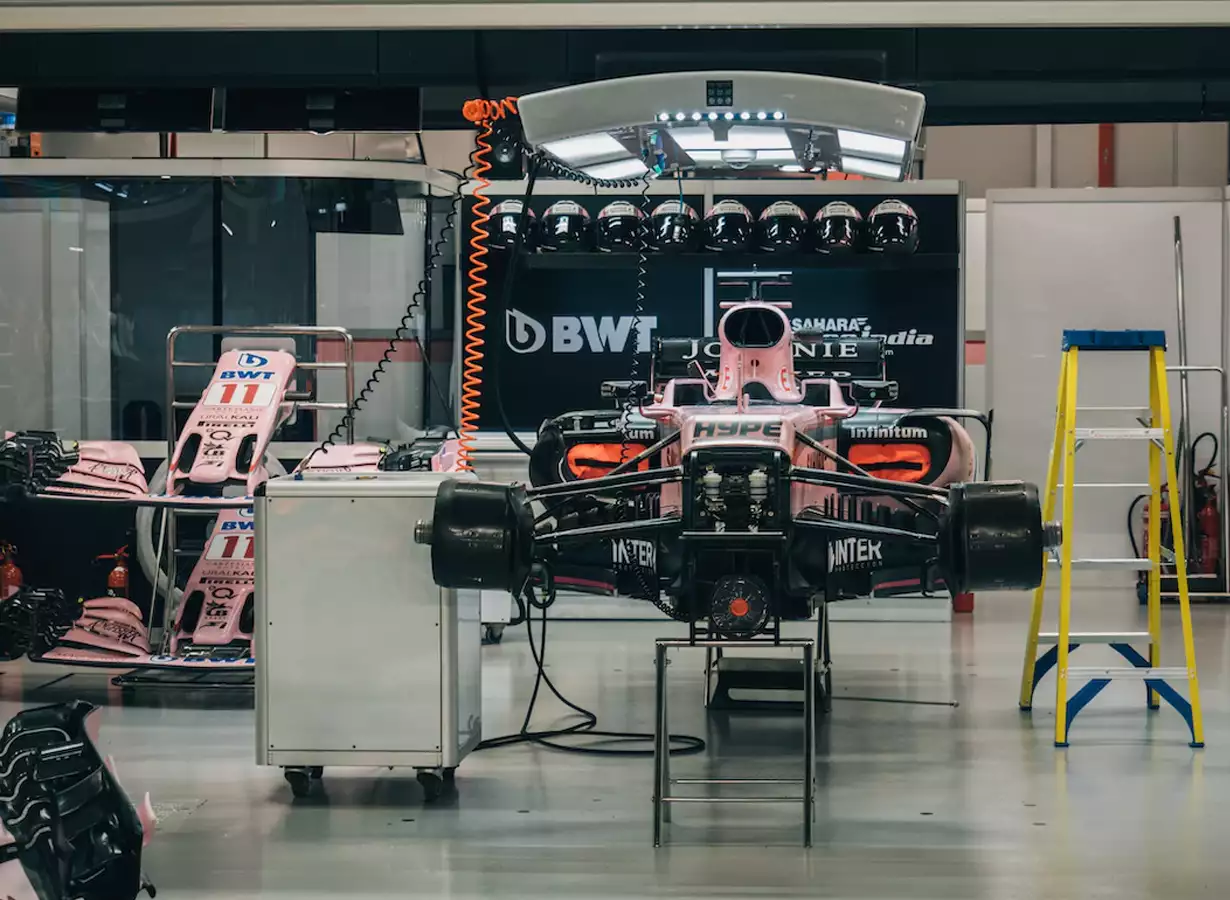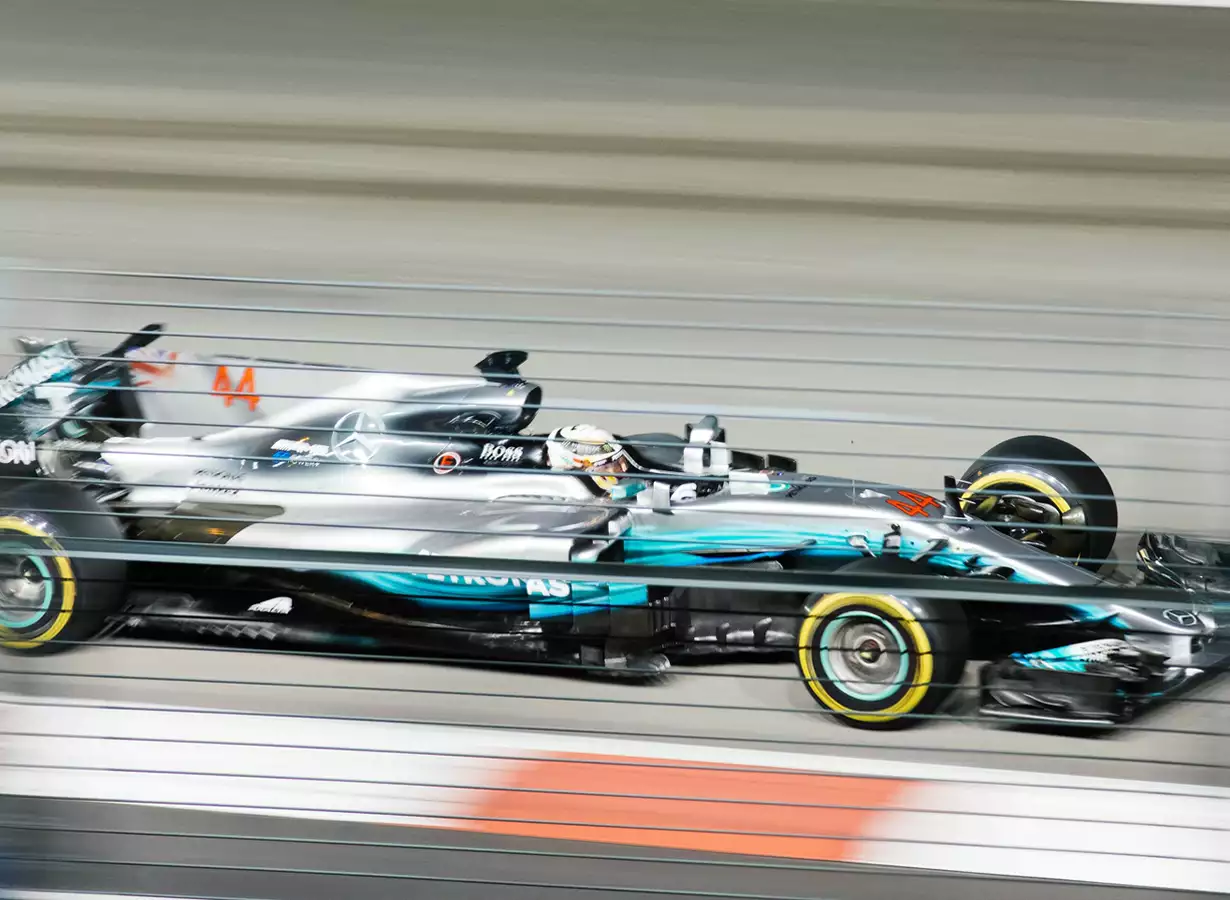Side pods are a critical component of Formula One race cars. They serve both aerodynamic and functional purposes. Located on either side of the car, side pods are designed to manage the flow of air around the car and reduce drag. It improves the car’s speed and handling. In addition to their aerodynamic function, sidepods also house the car’s radiators. The radiators are responsible for cooling the engine and other critical components during a race.
The design of sidepods has evolved significantly over the years. Early cars featured high sidepods that were designed to channel air towards the rear wing. Today, however, the trend is towards lower side pods that improve the car’s aerodynamic performance by reducing drag.
As a critical component of a Formula One race car, sidepods are subject to strict regulations governing their size, shape, and placement, as well as restrictions on the use of additional aerodynamic elements.
Table of Contents
Watch this video to learn more about sidepods on a F1 car.
What are side pods on a F1 car?
Sidepods are aerodynamic components that are located on either side of a Formula One car. They are typically elongated structures that extend from the cockpit to the rear wheels of the car.
Side pods are designed to manage the flow of air around the car and reduce drag, improving the car’s speed and handling. In addition to their aerodynamic function, side pods also house the car’s radiators. They are responsible for cooling the engine and other critical components during a race.
The size, shape, and placement of side pods are subject to strict regulations governing their design in Formula One.
The purpose of sidepods
The primary purpose of side pods in a Formula One car is to improve the car’s aerodynamic performance. Sidepods are designed to manage the flow of air around the car and reduce drag. Thereby it increases the car’s speed and handling. In addition to their aerodynamic function, sidepods also play a crucial role in engine cooling.
The radiators housed within the side pods are responsible for cooling the engine and other critical components during a race. This is particularly important in Formula One, where engines are pushed to their limits and can generate significant amounts of heat.
Without adequate cooling, the engine can overheat and fail. Potentially causing the car to retire from the race. As such, sidepods are a critical component of a Formula One race car, serving both aerodynamic and functional purposes.
Key takeaways
- Sidepods are critical components of Formula One race cars, serving both aerodynamic and functional purposes.
- Side pods are located on either side of the car and are designed to manage the flow of air around the car and reduce drag, improving the car’s speed and handling.
- Sidepods also house the car’s radiators, which are responsible for cooling the engine and other critical components during a race.
- The design of side pods has evolved significantly over the years, with early cars featuring high side pods that were designed to channel air towards the rear wing, while modern cars tend to have lower side pods that improve aerodynamic performance by reducing drag.
- Strict regulations govern the design of side pods in Formula One, including guidelines for their size, shape, and placement, as well as restrictions on the use of additional aerodynamic elements.
- Teams must balance the competing demands of aerodynamics and engine cooling when designing their sidepods, as changes to one can have significant effects on the other.
- Side pods are a crucial component of a Formula One race car, and any team found to be in violation of regulations governing their design can face penalties or disqualification from a race.
- The development of innovative side pod designs continues to be an area of active research and development in Formula One, as teams seek to gain a competitive advantage through improvements in aerodynamics and cooling efficiency.
Evolution of Side Pods in Formula One
Side pods have been a fixture of Formula One race cars for decades. Their design has evolved significantly over the years. The earliest Formula One cars featured high sidepods that were designed to channel air towards the rear wing, improving the car’s aerodynamic performance.
Over time, however, designers began to experiment with lower sidepods that reduced drag and improved the car’s speed. The introduction of regulations governing the size and shape of side pods has further influenced their design, as teams seek to balance the demands of aerodynamics and engine cooling while remaining within the guidelines set by the governing body.
Today, side podsare a crucial component of a Formula One race car. Their design continuing to evolve as teams strive to gain a competitive advantage through improvements in aerodynamics and cooling efficiency.
The most significant developments in side pod design
The development of side pods has been a continuous process in Formula One, with designers seeking to gain a competitive advantage through improvements in aerodynamics and cooling efficiency.
One of the most significant developments in side pod design was the move towards lower sidepods. It began in the 1980s. This was driven by the recognition that reducing drag was critical to improving the car’s speed and handling. Another significant development has been the use of more complex internal structures, such as heat exchangers, to improve the efficiency of the cooling system.
In recent years, designers have also experimented with new materials and manufacturing techniques to reduce the weight of side pods while maintaining their strength and durability.
Overall, the most significant developments in sidepod design have been those that have improved the car’s aerodynamic performance and engine cooling efficiency, while remaining within the regulations governing their design.

Key Features of Side Pods in Formula One
Sidepods are a crucial component of a Formula One car. Their design play a critical role in improving the car’s speed, handling, and engine cooling efficiency. The size and shape of side pods can vary depending on the team’s preferences and the requirements of the track.
Generally, sidepods are located on either side of the car and are designed to manage the flow of air around the car. They can be high or low, wide or narrow. It all depends on the team’s preferences.
The placement of sidepods on the car is important. Some teams opting to place them closer to the ground to improve aerodynamic performance, while others place them higher to improve engine cooling efficiency.
Different types of sidepods that are used in Formula One
Formula One teams use a variety of different types of side pods. Each of them have their own unique design and features. Some teams use standard sidepods that are designed to meet the regulations governing their size and shape. Others use more complex designs that incorporate additional aerodynamic features.
These can include shark fins, T-wings, and other elements designed to improve the car’s speed and handling.
Standard side pods
Standard sidepods are the most basic type of side pod used in Formula One. They are designed to meet the regulations governing their size and shape and typically house the car’s radiator. Radiators are responsible for cooling the engine and other critical components during a race. Standard sidepods can vary in size and shape, with some teams opting for wider or narrower pods depending on the requirements of the track.
Shark Fins
Shark fins are a type of aerodynamic element that is often incorporated into side pod designs. They are located at the rear of the car and are designed to improve the car’s speed and handling by reducing drag and increasing downforce. Shark fins can vary in size and shape, with some teams opting for larger or more complex designs than others.
T-wings
T-wings are another type of aerodynamic element that is often incorporated into side pod designs. They are located at the rear of the car and are designed to improve the car’s speed and handling by increasing downforce. T-wings are typically small and lightweight, with some teams opting for more complex designs than others.
Importance of Side Pods in Formula One
Side pods are a critical component of a Formula One car’s design, with their impact on the car’s performance difficult to overstate. The side pods play a crucial role in managing the flow of air around the car, reducing drag, and increasing downforce, which in turn leads to increased speed and improved handling.
Additionally, the side pods house the car’s radiators, which are responsible for cooling the engine and other critical components during a race. As such, the design of side pods can have a significant impact on a car’s performance, with teams dedicating significant resources to developing and refining their designs in order to gain a competitive advantage over their rivals.
Examples of races where side pods have played a critical role in determining the outcome
There have been many races in Formula One where the design and performance of side pods have played a critical role in determining the outcome. One example is the 2017 Australian Grand Prix, where Ferrari’s side pod design was widely credited with helping them to secure a surprise victory over Mercedes.
Ferrari’s side pods featured a unique design that allowed for improved airflow around the car, reducing drag and increasing downforce. This, combined with the car’s strong engine performance, allowed Ferrari to outpace Mercedes and secure a crucial victory.
Another example is the 2019 Brazilian Grand Prix, where Max Verstappen’s Red Bull suffered from engine cooling issues due to a problem with the side pods. The issue ultimately forced Verstappen to retire from the race, costing him valuable championship points and highlighting the critical importance of side pod design in Formula One.
Challenges and Controversies Surrounding Side Pods in Formula One
Despite their importance, side pods have also been a source of controversy and challenge in the world of Formula One. One challenge is the constant need for teams to balance the desire for improved performance with compliance with ever-changing technical regulations.
As such, teams must continually innovate and refine their sidepod designs in order to stay ahead of the competition. They also need to ensure that their designs meet the strict rules and regulations set out by FIA (the sport’s governing body).
Additionally, there have been controversies surrounding the use of certain types of sidepods. Shark fins and T-wings have some critics arguing that they are purely for aesthetic purposes and do not contribute to the car’s performance.
Despite these challenges and controversies, side pods remain a critical component of Formula One cars.
Frequently Asked Questions
1. What is the purpose of side pods in a Formula One car?
2. How have side pods evolved over time in Formula One?
Are there any restrictions on side pod design in Formula One?
Conclusion
In conclusion, sidepods are a critical component of Formula One cars. They play a crucial role in both engine cooling and aerodynamics. Their design has evolved significantly over time. Teams continually pushing the boundaries of what is possible within the strict technical regulations set out by the sport’s governing body. Despite the challenges and controversies that have arisen around their use, sidepods remain an essential element of the sport, with their design and performance playing a critical role in determining the outcome of races.
Article sources
Learn more about Formula One
Want to learn more about F1? Then visit our Formula 1 glossary and dictionary.



